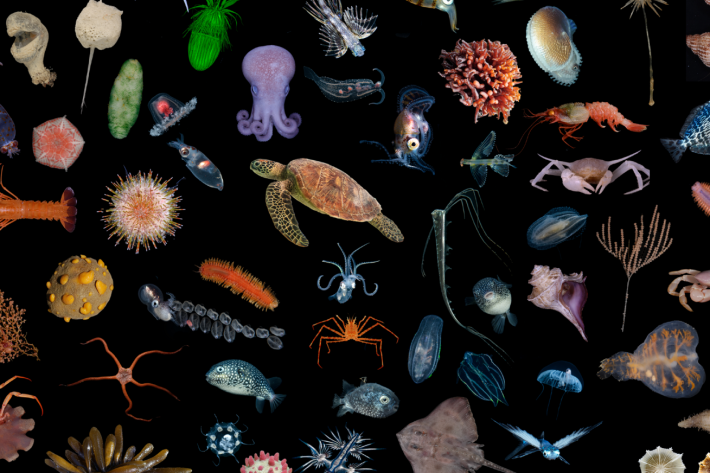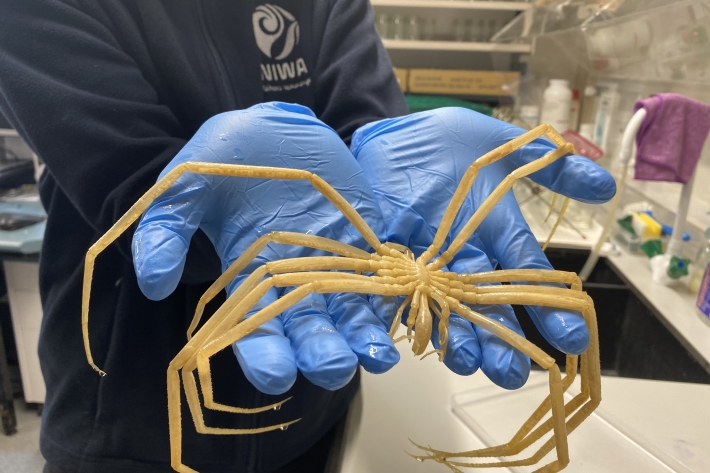-
Loans - Policy and Procedures
Specimens can be loaned to universities, colleges, museums and other research or education institutions for the use of resident research staff. -
Restoration of seagrass beds in Whangarei Harbour
Research ProjectSeagrass beds form an important undersea habitat for small fish, seahorses and shellfish in New Zealand. -

Icebergs
Icebergs approach New Zealand’s sub-Antarctic islands every few years. -

Predicting long-term sedimentation and heavy metal accumulation in estuaries
Research ProjectNIWA has developed an Urban Stormwater Contaminant (USC) model to enable urban planners to predict sedimentation and heavy metal accumulation in estuaries and identify problem areas in order to target mitigation measures. -

Schematic of greenhouse gas measurements at Lauder
-

TCCON project glossary
-

How do we identify new aquatic species?
Different groups of organisms need trained specialists (taxonomists) to distinguish a new species from one that is already named and scientifically described -

How do we map the seafloor?
Multibeam echo sounders emit a fan of sound beams to the seafloor to scan a wide swath of the seabed in great detail.



